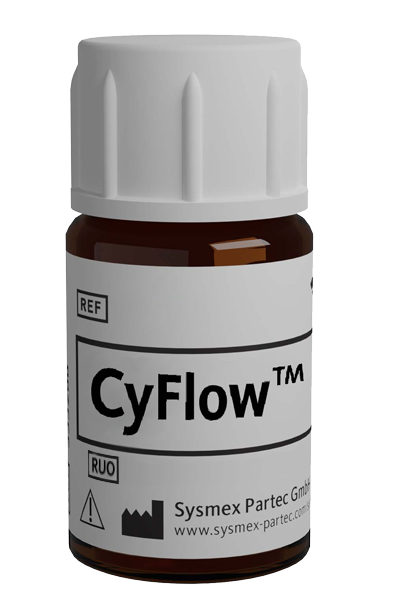Article successfully added.
CyFlow™ CD106 Purified
| Alternative Name: | INCAM-110, VCAM-1 |
| Antibody: | Yes |
| Antigen: | CD106 |
| Application: | Enzyme-linked immunosorbent assay, Flow cytometry, Immunohistochemistry (frozen sections), Immunoprecipitation |
| Clonality: | monoclonal |
| Clone: | STA |
| Field of Interest: | Immunophenotyping |
| Format/Fluorochrome: | Purified |
| Isotype: | IgG1 |
| Regulatory Status: | RUO |
| Source Species: | Mouse |
| Target Species: | Human |
| Product number: | BC683138 |
For Research Use Only

